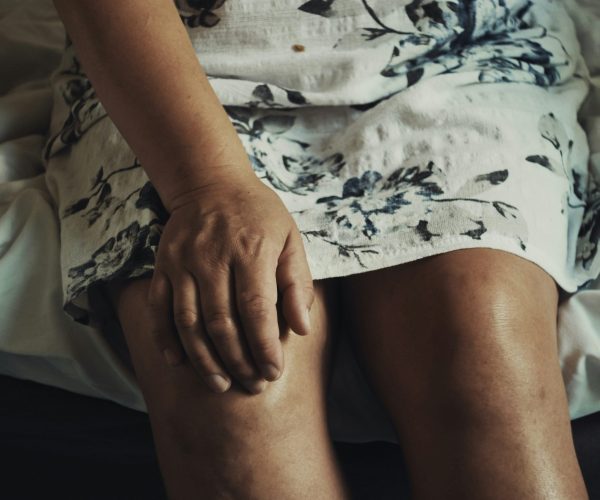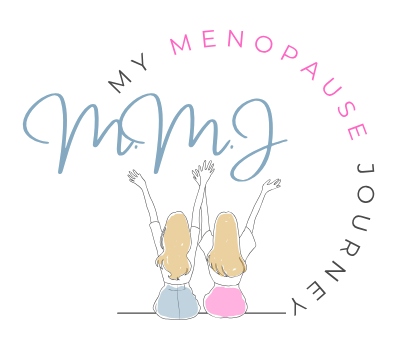Menopause and Joint Pain: What You Need to Know

Joint Pain: Because Your Body Decides to Be a Little More Creaky
Joint pain and stiffness are common menopause symptoms, especially for those in perimenopause or post-menopause. The loss of estrogen can affect your joints, making them feel more achy, especially in the morning or after sitting for long periods.
What Happens:
- Stiffness or aching in your joints, particularly in the knees, hips, or wrists
- Decreased flexibility and mobility
- Increased discomfort in colder weather
The decrease in estrogen affects joint lubrication, making it harder for them to move smoothly. It’s like your body is in need of some WD-40.
1. Incorporate gentle stretching and yoga into your routine
Menopause-related joint pain is often linked to hormonal changes that cause inflammation and stiffness. Gentle stretching and yoga can work wonders to improve flexibility, increase circulation, and reduce stiffness—especially in the hips, knees, and lower back. Start with beginner-friendly poses like Cat-Cow, Child’s Pose, and Seated Forward Bend, and aim to practice for 10–15 minutes daily. Not only will your joints thank you, but your mind and mood will too.
2. Try low-impact exercises like swimming or cycling
High-impact workouts might aggravate joint pain, but that doesn’t mean you have to stay still. Low-impact activities such as swimming, walking, or cycling help keep joints mobile without placing too much stress on them. Water-based exercise is especially helpful, as the buoyancy eases pressure on joints while still allowing you to build strength and endurance.
3. Speak to your doctor about joint support supplements or treatments
Don’t power through the pain—talk to your GP or health practitioner about what’s going on. They may recommend supplements like glucosamine, chondroitin, turmeric (curcumin), or omega-3 fatty acids, all of which may help support joint health and reduce inflammation. Hormone replacement therapy (HRT) may also be discussed if your symptoms are significantly affecting your quality of life. Always consult a professional before starting new treatments.
4. Stay hydrated and nourish your body
Dehydration can make joints feel even stiffer. Drink plenty of water throughout the day and support your joints with a diet rich in anti-inflammatory foods—think berries, leafy greens, fatty fish, nuts, and olive oil. Cutting back on processed foods and added sugars can also help reduce inflammation and support your overall wellness.
5. Prioritise rest and listen to your body
Joint pain is your body’s way of saying, “Hey, I need a breather.” Rest when you need to, alternate high-energy days with more restorative ones, and create a consistent sleep routine. Good quality sleep allows your joints (and hormones) to repair and reset.
